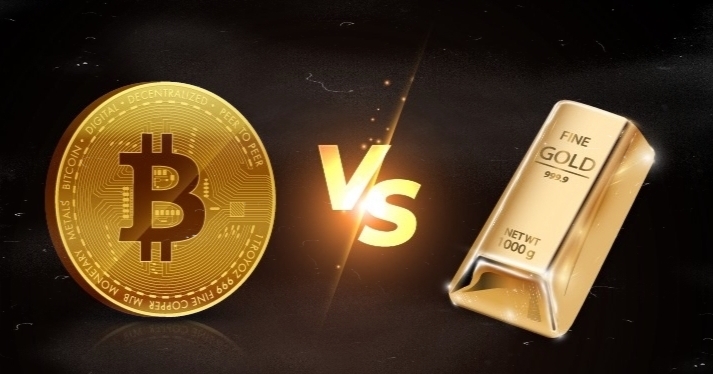
If you’re not knowledgeable with Bitcoin, you can learn a lot about it online. However, the short version is that Bitcoin was developed as a form of exchange without the aid of a central bank or bank of issue.
Additionally, Bitcoin transactions are meant to be secretive and anonymous. The most intriguing aspect about Bitcoins is that they only exist as a type of virtual reality in computer software, not in the actual world.
The general concept is that Bitcoins are “mined”—interesting term—by solving a challenging mathematical equation on a computer.The newly minted Bitcoin is then loaded into an electronic “wallet.”
Furthermore, Bitcoins are spread widely and cannot be “controlled” by an authority because there is no single entity responsible for issuing them.
Naturally, those who support Bitcoin and stand to gain financially from its expansion shout out their assertions that “for sure, Bitcoin is money” and that “it is the best money ever, the money of the future,” etc. Well, Fiat’s supporters shout simply.
Let’s examine the characteristics of money to find out if Bitcoin satisfies them. There are three crucial characteristics of money:
1) The most important quality of money is that it can be used as a stable store of value. Without this quality, money cannot serve as a numeraire, or unit of measure of value.
2) Money is a medium of exchange, but other items, such as direct barter and the “netting out” of products transferred, can also serve this purpose.
Additionally, there are “trade goods” (chits) that have short-term value. Finally, there is an exchange of mutual credit, which nets out the value of commitments done by bills or IOUs.
Bitcoin does not perform horribly as a medium of exchange when compared to Fiat.
The first condition is much more difficult; Money must be a reliable store of value—in just a few years, Bitcoins have gone from having a “value” of $3 to around $1,000. The closest thing to a “stable store of value” is this; as much as possible! Indeed, such gains are exemplified by Dutch tulip bulbs, junior mining companies, and Nortel stocks as examples of speculative booms.
Naturally, Fiat also fails here; For instance, the “main” fiat currency, the US dollar, has lost more than 95% of its value over the past few decades; neither Bitcoin nor fiat currency is considered to be the most important measure of money; the capacity to keep value over time and store it away.
Gold, real money, has shown that it can hold its value for eons rather than centuries. Both Fiat and Bitcoin fail as money because they lack this crucial capability.
We now come to the second quality; that comes with being the numeraire. Now this is really interesting. By looking closely at the “numeraire” question, we can see why both Bitcoin and fiat currency fail as money.
The use of money to not only store value but also to measure or compare value is referred to as numeraire. Value cannot be actually measured according to Austrian economics; After all, human consciousness alone possesses value, and how can consciousness itself be measured?
Nevertheless, market prices can be established—if only briefly—through the principle of Mengerian market action, which is the interaction between bid and offer. This market price is expressed in terms of the numeraire, which is the most marketable good, which is money.
So, how do we determine Fiat’s worth? But it’s clear that he means that the value of the Fiat comes from the value of the goods and services it can be traded for, not from the value of the Fiat itself.
From the items “bought” to the Fiat number, causality flows. After all, other than the number printed on it and its purchasing power, there isn’t much difference between a one-dollar bill and a hundred-dollar bill.
On the other hand, the value of gold cannot be measured; rather, it is uniquely measured using a different physical standard; by its mass, or weight. A gram of gold is a gram of gold, and an ounce of gold is an ounce of gold, regardless of the “face value” or other number engraved on its surface.
The opposite of Fiat is causality; The intrinsic quality of gold is measured by its weight, not its purchasing power. Now, do you know how much an ounce of money is worth? Nothing like that. The “face value” printed on a Fiat is the only thing that “measures” it.
The numeraire is further away from Bitcoin; Like the Fiat, it is just a number, and its value is measured in Fiat! Even if Bitcoin succeeds in replacing the U.S. dollar as the accepted “numeraire,” it will never have an intrinsic value comparable to that of gold, even if it achieves international acceptance as a medium of exchange.
Gold is the only metal that can be measured using a real, unchanging physical quantity. Uniquely, gold keeps its value for thousands of years. This rare combination of characteristics can only be found in humans.
#finance #business #Bitcoin